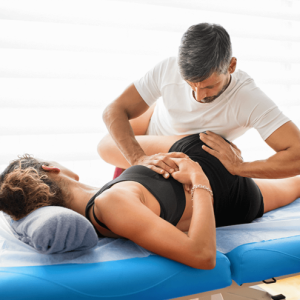
What is Joint Pain Strengthening?
Joint pain can significantly impact mobility and quality of life. Strengthening exercises can help alleviate joint pain by improving muscle support and stability around the affected joints. Focus on low-impact exercises that target the muscles surrounding the joint without exacerbating pain. For example, gentle exercises like swimming, cycling, or walking can improve joint flexibility and strengthen surrounding muscles. Additionally, incorporate strength training exercises using resistance bands or light weights to build muscle strength and endurance. Ensure proper form and technique to avoid injury and aggravating joint pain further. Consistency is key; aim for regular, moderate exercise sessions rather than intense workouts.
What exercise is best for joint pain?
What helps painful joints?
- try to rest the affected joint if you can.
- put an ice pack (or bag of frozen peas) wrapped in a towel on the painful area for up to 20 minutes every 2 to 3 hours.
- take painkillers, such as ibuprofen or paracetamol, but do not take ibuprofen in the first 48 hours after an injury.
- Warm up and drink up! To activate those juices, start your exercise routine with a gentle 5-10-minute warm-up and gradually increase your effort.
- Stretch regularly.
- Lose weight.
- Take a warm shower or bath
Skip The Waiting Room!
Register Online Before You Arrive.
We have up to date schedules, contact information, & let you book appointments online.


